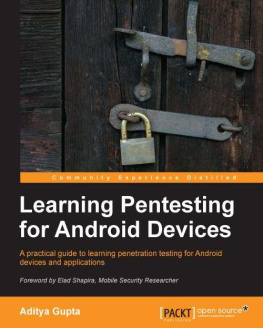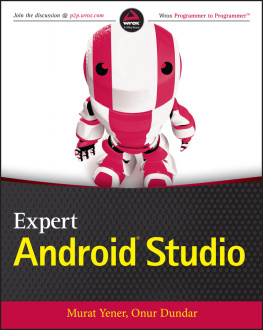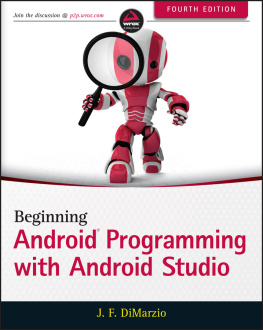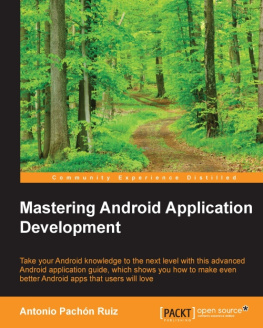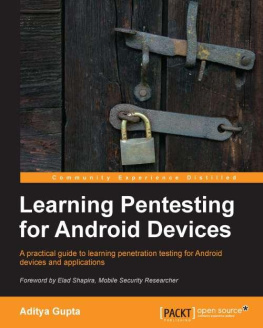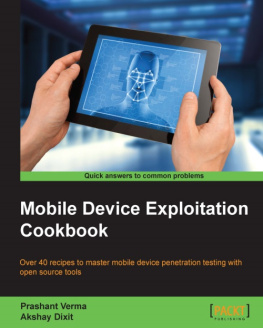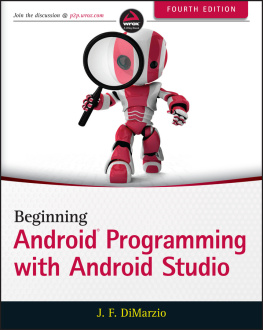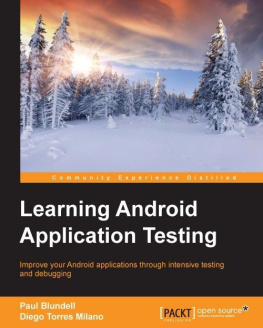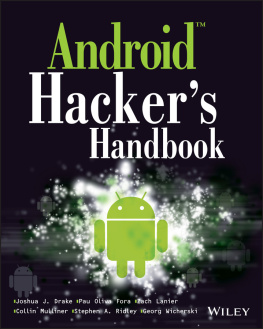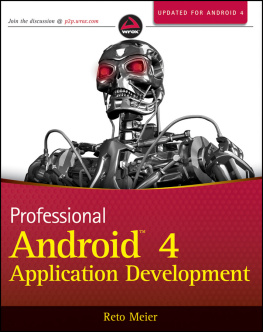Foreword
Mobile phones are a necessity in our lives and the majority of us have become completely dependent on them in our daily lives.
The majority of mobile phones today are running on the Android OS. The main reason for this is the ever growing community of developers and massive number of applications released for the Android OS.
However, one mustn't make the mistake of thinking that Android is only used in mobile devices. The Android operating system is commonly used in cars, cameras, refrigerators, televisions, game consoles, smart watches, smart glass, and many other gadgets too.
This massive usage is not risk free and the main concern is security. One cannot tell whether the applications that are based on the Android operating system are secure. How can a common user tell if the application they are using is not malicious? Are those applications developed in a way that can be exploited by attackers? This is an important question that must be addressed.
We can describe the general picture and challenge in information security by saying that 99.9 percent secure is 100 percent vulnerable.
Knowledge is power, and we as security researchers and developers must be in a state of constant learning and researching in order to be up to date with recent attack vectors and trends in matter to stay in the arena and in order to try and predict, as much as possible, the future in that field.
This is a never-ending process that relies on valuable resources and materials to make it more efficient.
I first met Aditya at the ClubHack conference back in 2011, where both of us gave presentations about mobile security. Immediately after that, I realized that he is an asset when it comes to dealing with mobile security and practically, when dealing with the assessment of mobile applications.
The book is an easy read and contains valuable information that, in my opinion, every security researcher and developer who chooses to enter the mobile security field must learn and be aware of. For example, the basics of Android, its security model, architecture, permission model, and how the OS operates.
The tools mentioned in the book are the ones that are used by mobile security researchers in the industry and by the mobile security community.
On a personal note, my favorite chapters were the ones that discuss Android forensics, which are described as follows:
- , Android Forensics , as it goes deeper into the Android filesystem and the reader learns how to extract data from the filesystem
- Lesser-known Android attack vectors from , Lesser-known Android Attacks , as the chapter discusses infection vectors, and in particular the WebView component
- , ARM Exploitation that focuses on ARM-based exploitation for the Android platform
Enjoy researching and the educational learning process!
Elad Shapira
Mobile Security Researcher
About the Author
Aditya Gupta is the founder and trainer of Attify, a mobile security firm, and leading mobile security expert and evangelist. Apart from being the lead developer and co-creator of Android framework for exploitation, he has done a lot of in-depth research on the security of mobile devices, including Android, iOS, and Blackberry, as well as BYOD Enterprise Security.
He has also discovered serious web application security flaws in websites such as Google, Facebook, PayPal, Apple, Microsoft, Adobe, Skype, and many more.
In his previous work at Rediff.com, his main responsibilities were to look after web application security and lead security automation. He also developed several internal security tools for the organization to handle the security issues.
In his work with XYSEC, he was committed to perform VAPT and mobile security analysis. He has also worked with various organizations and private clients in India, as well as providing them with training and services on mobile security and exploitation, Exploit Development, and advanced web application hacking.
He is also a member of Nullan open security community in India, and an active member and contributor to the regular meetups and Humla sessions at the Bangalore and Mumbai Chapter.
He also gives talks and trainings at various security conferences from time to time, such as BlackHat, Syscan, Toorcon, PhDays, OWASP AppSec, ClubHack, Nullcon, and ISACA.
Right now he provides application auditing services and training. He can be contacted at <> or @adi1391 on Twitter.
Acknowledgments
This book wouldn't be in your hands without the contribution of some of the people who worked day and night to make this a success. First of all, a great thanks to the entire team at Packt Publishing especially Ankita, Nikhil, and Priya, for keeping up with me all the time and helping me with the book in every way possible.
I would also like to thank my family members for motivating me from time to time, and also for taking care of my poor health due to all work and no sleep for months. Thanks Dad, Mom, and Upasana Di.
A special thanks to some of my special friends Harpreet Jolly, Mandal, Baman, Cim Stordal, Rani Rituja, Dev Kar, Palak, Balu Thomas, Silky, and my Rediff Team: Amol, Ramesh, Sumit, Venkata, Shantanu, and Mudit.

